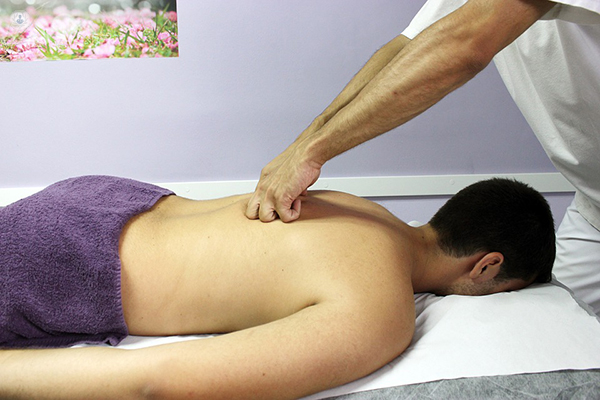Osteopathic gastroenterology

What is osteopathic gastroenterology?
Osteopathy is a form of alternative medicine that is based on the idea that an individual’s overall health is closely connected to their bones, muscles, ligaments and connective tissue working together smoothly, and emphasises massage, moving, stretching, and other physical manipulation of the muscle, tissue, and bones to alleviate pain and treat medical conditions.
While the NHS has said there is limited evidence that osteopathy is of some use for treating some musculoskeletal pain and sports injuries, the scientific consensus is that there is no real evidence that it is useful for treating the many other health conditions that osteopaths claim it can cure, one of which being problems affecting the digestive system.
This pseudo-scientific claim is known as osteopathic gastroenterology.
Why is it done?
Osteopaths claim osteopathy can help in the diagnosis and treatment of digestive problems that affect the quality of life of the patient, such as hiatal hernia, slow digestion, abdominal bloating, constipation, gas, intolerance to fats, and gastritis, among others.
There is no good scientific evidence that supports these claims.
What does it consist of?
Osteopathic gastroenterology is based on techniques and painless manoeuvres to diagnose which structures of the abdomen are interfering with digestion. Once the problem is diagnosed, the osteopath manipulates the area with soft movements, leaving each organ with its space to function properly.
Given the lack of evidence that this actually works, it is likely that patients who feel better after this treatment are feeling the placebo effect.
